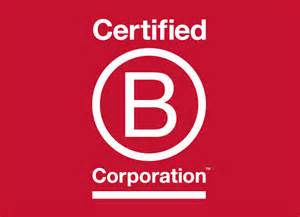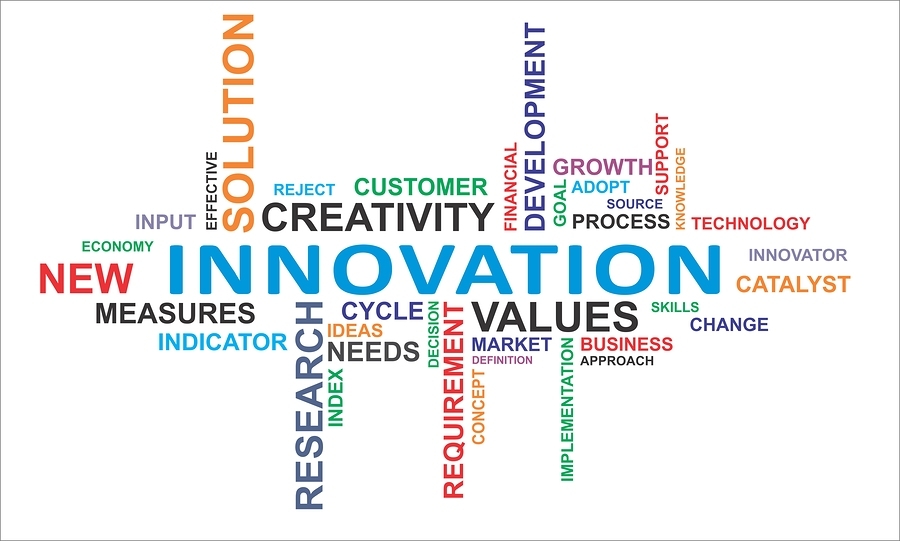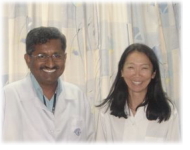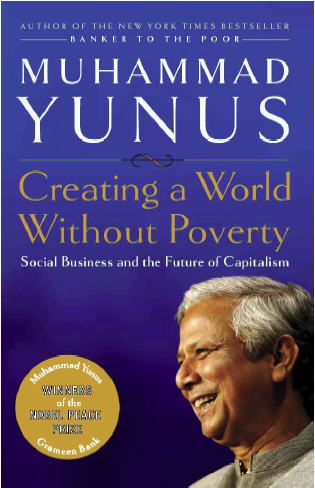 Having followed the movement of B Corps and benefit corporations over the past 6 years it was with great joy to attend yesterday the Swiss B Corp Community Forum that took place at the Impact Hub. B Corps are a new type of company that uses the power of business to solve social and environmental problems (see the first video below to find out in less than 2 minutes). These companies aim to be not the best in the world but best for the world. The B Corp movement has been rapidly expanding with now close to 1300 B corporations in 41 countries and in 121 industries. B corps have started expanding also in Europe with now 70 B corporations. The 4 Swiss B corporations (3 Certified and one soon to become) that were presenting yesterday were: Abhati, Heidi.com, Montagne Alternative, and Opaline. To understand more about the B Corps please view the videos below. It is a movement that is definitely moving the needle in making business a force for good.
Having followed the movement of B Corps and benefit corporations over the past 6 years it was with great joy to attend yesterday the Swiss B Corp Community Forum that took place at the Impact Hub. B Corps are a new type of company that uses the power of business to solve social and environmental problems (see the first video below to find out in less than 2 minutes). These companies aim to be not the best in the world but best for the world. The B Corp movement has been rapidly expanding with now close to 1300 B corporations in 41 countries and in 121 industries. B corps have started expanding also in Europe with now 70 B corporations. The 4 Swiss B corporations (3 Certified and one soon to become) that were presenting yesterday were: Abhati, Heidi.com, Montagne Alternative, and Opaline. To understand more about the B Corps please view the videos below. It is a movement that is definitely moving the needle in making business a force for good.




 On April 16th, I visited Aravind Eye Hospital in Pondicherry one of the 5 eye hospitals of
On April 16th, I visited Aravind Eye Hospital in Pondicherry one of the 5 eye hospitals of 